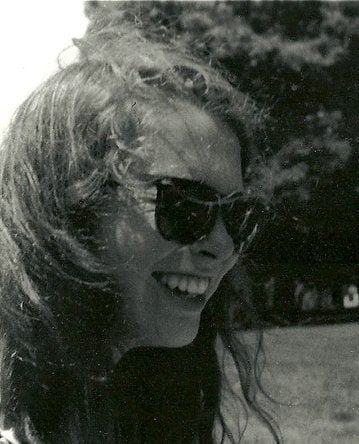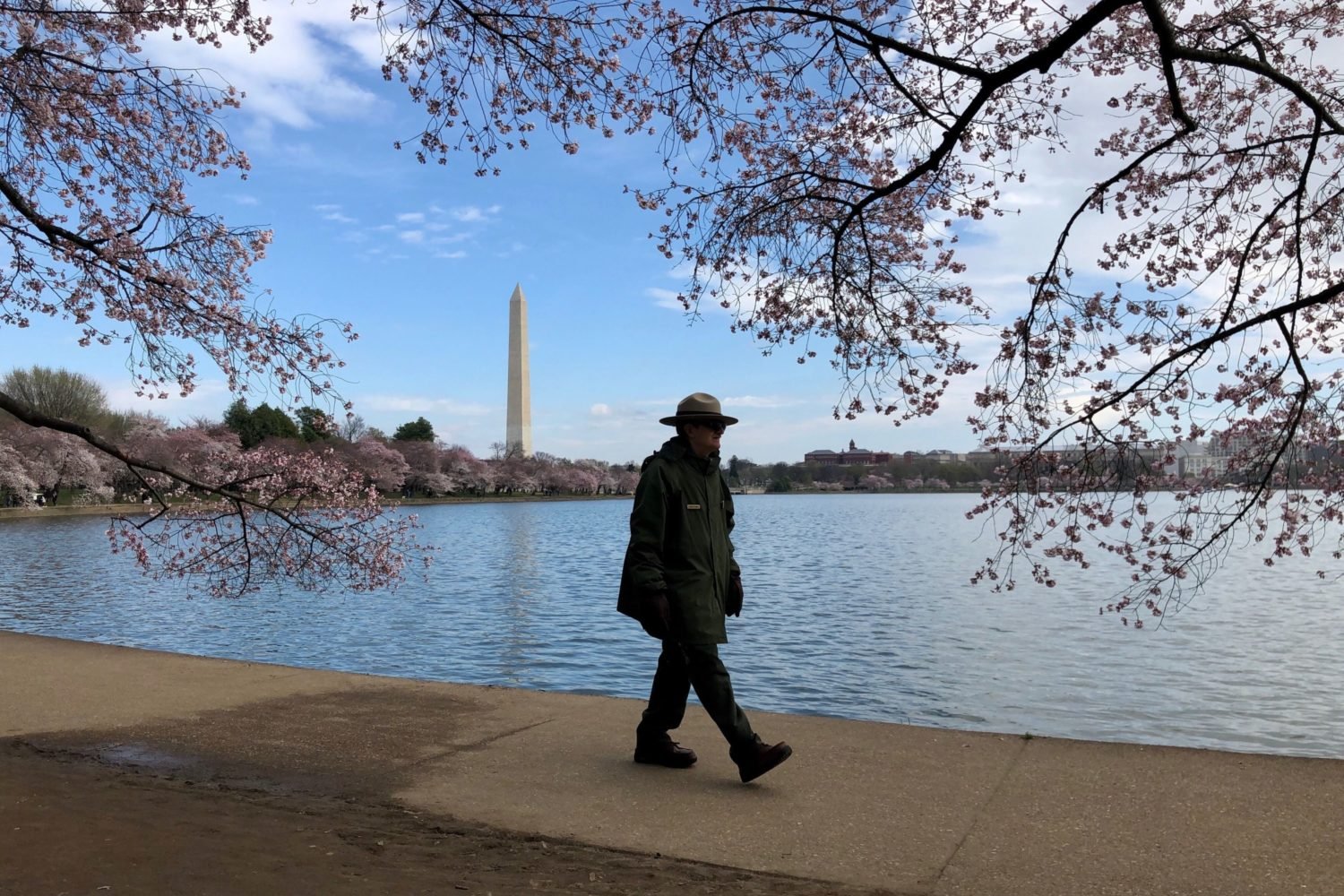About Coronavirus 2020
Washingtonian is keeping you up to date on the coronavirus around DC.
Elizabeth Montgomery, 44, of Centreville, is a nurse in the medical/surgical ICU at Inova Fairfax Hospital. We originally spoke to her on Friday, March 27. We checked back in with her on Tuesday, April 7.
“The patient population has increased. We are strictly seeing critically ventilated patients. Every bed has a ventilator right now in our unit. Other ICUs [in the hospital] also have Covid-positive patients. They don’t have the numbers that we do, but if we’re full, it’s spilling over into other ICU units. We’re also seeing some spillover into our step-down unit. We’re putting our more stable patients there as we run out of room.
“We have had some graduate and go home, we have had some deaths, and we have some that have been with us for more than 10 days. It’s really a wide variety of outcomes. When possible, we have allowed one family member to the bedside at end-of-life. [That’s] usually when the family has made a decision to stop treatment and we have a definite end point. If a patient were to have sudden cardiac arrest, then we wouldn’t have time to get a family there.
“We are allowing staff to pick up overtime. There’s no mandatory overtime at this point, [but] we are requesting more nurses per shift. We normally have 10 nurses per unit, and [now] we’re staffing about 16. Some of that is to deal with the volume of phone calls that we’re getting from families.
“It is physically and emotionally draining. Physically because being in the full infection prevention gear, you get hot. There are multiple layers on your face. We’re trying to take breaks, but that’s not always possible with critically ill patients. For intensive care patients, we are wearing the N95 respirator masks or the personal air purifier systems that we would normally reserve for patients with tuberculosis or measles or chickenpox. We’re also wearing goggles or a face shield, gloves, and an isolation gown. The N95 has to be covered, so if we wear a face shield that takes care of it, but if you’re wearing goggles, you also have to wear a second mask. And then most of us are also choosing to cover our hair. That’s not required, but [it’s] something that makes us feel more comfortable, so wearing a surgical cap or scrub cap that can be washed. That’s another heat trapper.
“The skin on our faces is becoming irritated from the masks, so we’re reading self-help tips. We are having to be very intentional about our hands and wrists so that they’re not raw from all the washing and the hand sanitizer.
“We’re having conversations now about the balance between social distancing [from] our families and significant others versus self-care and family support. Most of us in our unit are choosing to stay at home with our families and partners because the emotional support we’re getting, the smidgen of normalcy, is more important to us. We need the support of our families. That’s a delicate balance and one we’re not taking lightly, but for our mental health, we need the personal relationships outside of the work environment.
“[I was most afraid when] admitting a patient from the emergency room and realizing that he was close to the tipping point of complete respiratory failure and knowing that we needed to move fast. What we’re finding is these patients—I’m calling it ‘they fall off a cliff.’ They’re doing okay, we know we need to start thinking about drastic measures, and there just comes a point where they cannot breathe on their own anymore. It’s sometimes pretty rapid. Seeing it firsthand and not being able to do it by myself, trying to gather everyone in the right place and get the patient transported through the hospital safely because we also want to minimize exposure—that was a little bit trying.
“For the patients that we send home, there’s been a lot of research and studies done in the last several years about something called post-intensive care syndrome. It is still being studied, [but patients] can experience long-term effects of being in the ICU [and on] the medications that are used to sedate them on a ventilator. There is an element of PTSD, there is a lot of delirium, decreased mental acuity. These patients are going to leave the hospital very different than they were before they contracted Covid and came into the ICU setting. We don’t have time to talk about that because we just want them to breathe, but we are concerned that the general public doesn’t really know about this.
“We’ve hit the point where this is the normal for the foreseeable future. [There’s] resignation that comes with that and knowing what to expect when I walk through the door of the hospital each day. Unfortunately, we are seeing patients of all ages, patients who have no known medical history. At the beginning, we were told this is something that would hit the elderly or people with lots of chronic medical conditions. I’m seeing patients younger than I am on ventilators and on full-support, and that’s difficult.
“I do worry about our nurses at the end of this. We’re all going to be a little shell-shocked and probably have a little PTSD, to be honest. This is so drastically different than anything we’ve done. But we are making a difference and at the end of the day, that helps to know.”
This interview has been edited and condensed for clarity.





















